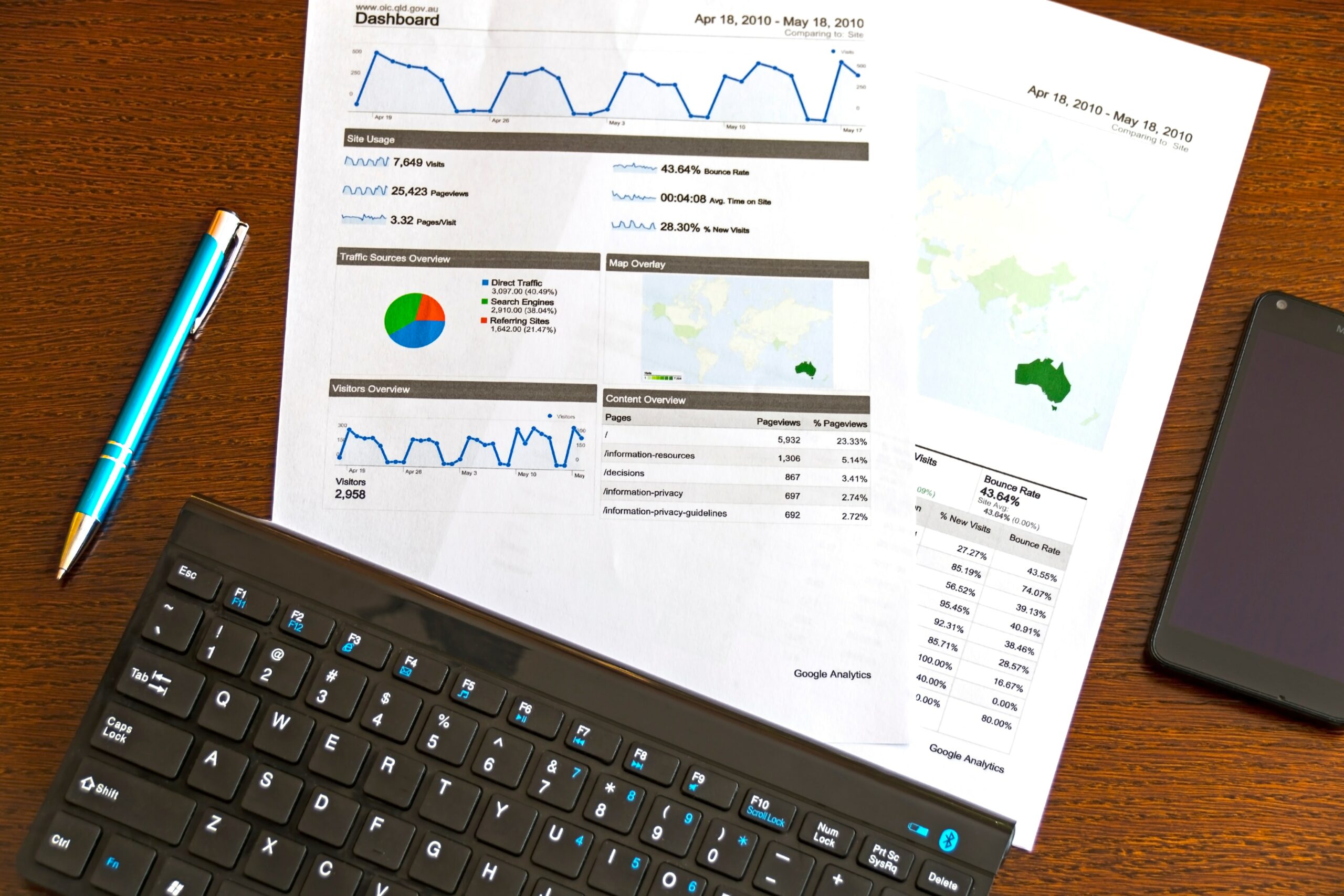
Getting Started with Paid Digital Advertising for Your Business
If you haven’t done any paid advertising yet, I’d advise that you start with digital advertising, because you can track your data clearly, and test what works before you move to a medium that is harder to track. If you want, start even smaller such as with social media ads like on Instagram or Facebook (since they’re the same company).
You can put out ads for as little as $5/day and track analytics to see what’s working and what isn’t. This is a great way to soft launch a test campaign before you spend money on a larger commitment.
Paid advertising requires a lot of time, attention, and financial resources to test, adjust, and prosper.
I appreciate the hell out of data, but am not the most analytical person when it comes to collecting data and analyzing it. It isn’t my power zone. Instead, I rely on the professionals and internal team members to grow our company with paid advertising.
Hire a contracted ads manager to start
Paying an outside contractor should not be a set-it and forget-it hire. Educate yourself so that you can participate in the process overtime. The best way to do that is to partner with ad buyers who are willing, and dare I say eager, to demystify the world of paid ads. Seek to understand strategy, best practices, target audiences, and whatever else they say is a significant factor to success.
Find an ads manager with the heart of a teacher
According to Marketo.com, there are six metrics to follow when tracking your digital advertising campaigns:
Impressions: This shows you how many times your ads have been served. In other words, the number of people who have seen your ads.
Clicks: The number of people who have clicked your ad after seeing it.
CTR: Click-through rate of impressions to clicks as a percentage.
CPC: The average cost-per-click across a campaign.
Quality Score (AdWords): This is used by Google to measure the relevance of your ads to the keywords you’re targeting. Factors include CTR, landing page quality, and relevance of the keyword to the ad and search query.
Relevancy Score (Facebook Ads): A score from 1 to 10 that measures how relevant an ad is to its target audience.
In an interview I had with Josh Anderson, the owner of Active Tide Marketing, I asked him what we should be looking for in paid ads and they said, “It depends on your overall goals. So, if you are interested in top of the funnel – awareness/traffic/email signups – then I would really focus on Cost Per Click, on conversion rate (if going for email signups), and cost per conversion. You can have a great CPC but if you aren’t converting then it’s for naught.
“This also means that I recommend you have a dedicated action you want your traffic to take once on your page. Strong calls to action are important.
“Of course, if you are doing just a 100% brand awareness and recall play, you will want to focus on cost per impressions (a cost that you pay when your ad is shown per one thousand impressions) and ad recall (a metric that shows how memorable your ad is to your audience).
“Now if you are going for more lead generation, in the middle of the funnel campaign, like Facebook Form Fills, you really need to focus on Cost Per Conversion (Form fill in this case).
“Ideally, for both instances, you’d like to set up your campaigns to determine your cost per conversion which you can tie a dollar amount to so that you can determine your ROAS (return on ad spend).”
How do I know if an ad is working?
When you can, correlate your ad spend with sales. But maybe not exactly the way you might think about it.
Your ad spend might be a $1 per one new customer purchase of $15. That is an amazing return. But what if you spend $20 per new customer? Seems like a loss, but how often will that person come back and spend t $15 or more the next time they need your solution?
Consider your ad spend cost versus the total lifetime value of that customer. For instance, you might have to spend $500 just to get one customer, which might sound like a lot, but if your industry is financial advisory, and the lifetime value of that customer is $1,000,000, that is a mighty fine investment, right?
This will help you to figure out your ROI and whether or not the money you are spending on an ad is not only evening out (which it absolutely needs to) but becoming profitable, too. You need to be sure your ad is not draining money, but rather bringing new money in to pay for itself and more. That’s why every element of an ad campaign must be considered carefully. Additionally, you need to consider who to push out your ad to and when.
So, how do you calculate your lifetime value of a customer?
Having sales data is very important here. But, generally, if you get a customer to purchase from you, and let’s say that they buy a membership to your coaching program, it costs $100 per month.
And you know that on average each member pays their membership dues for 18 months, then you know the life cycle of your average customer is $100 x 18 = $1800.
You will have some people stay longer and some shorter, but on average they currently stay 18 months. You can work later on the retention rate, but for now, you know that you have $1800 as your anchor.
So, now you know that you FOR SURE need to keep your advertising costs under $1800, or you aren’t making ANY money.
The goal is to get a new paying customer for as little as possible, but tracking your ROI (return on investment) is key to growing and scaling your advertising and business profit.
The goal is to put $1 into paid advertising and get at least $3 back. You can define and set your own goals with your ads manager.
Download a copy of our free team marketing worksheets here. Want to learn even more? Check out our book and video course, Unify Your Marketing.
